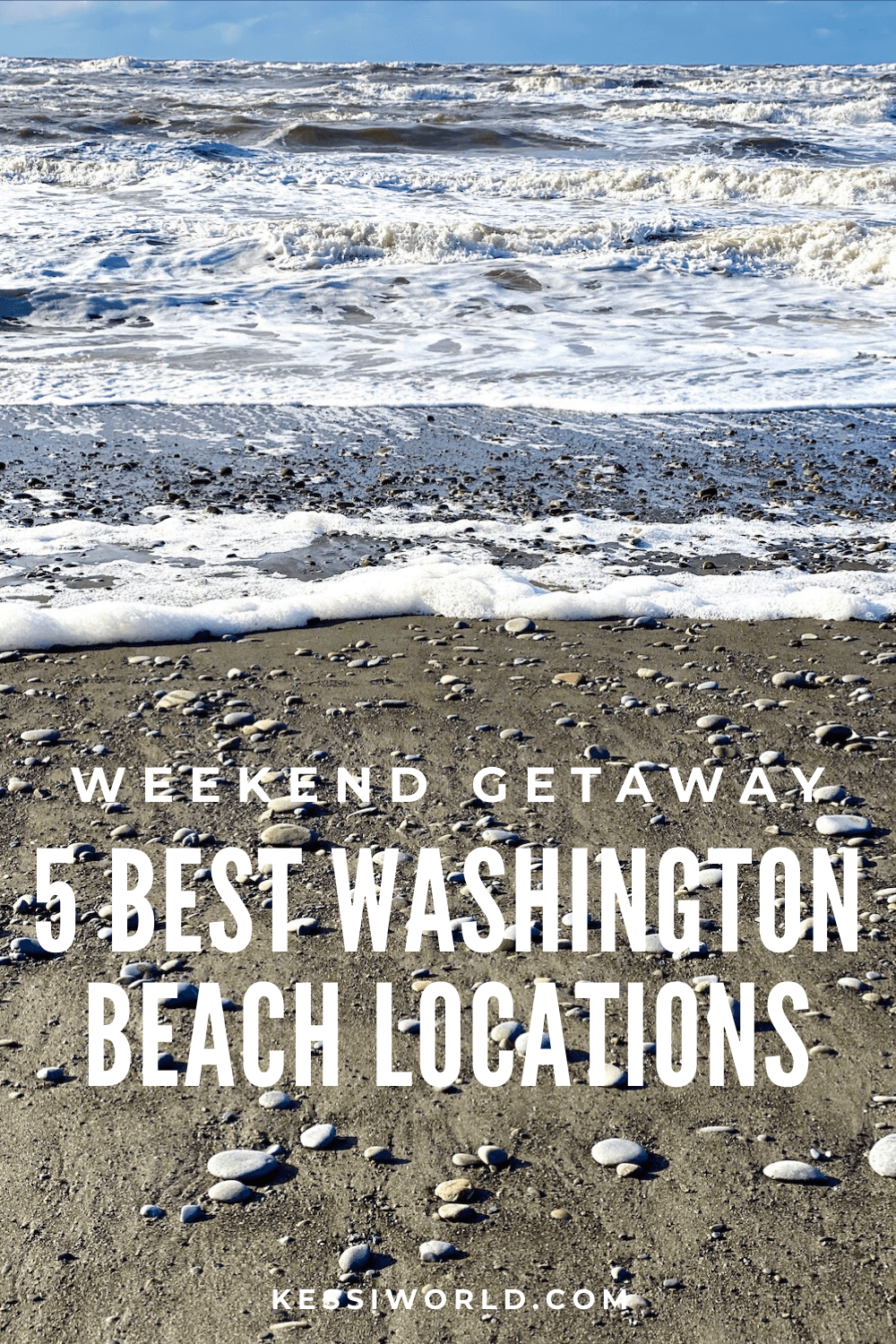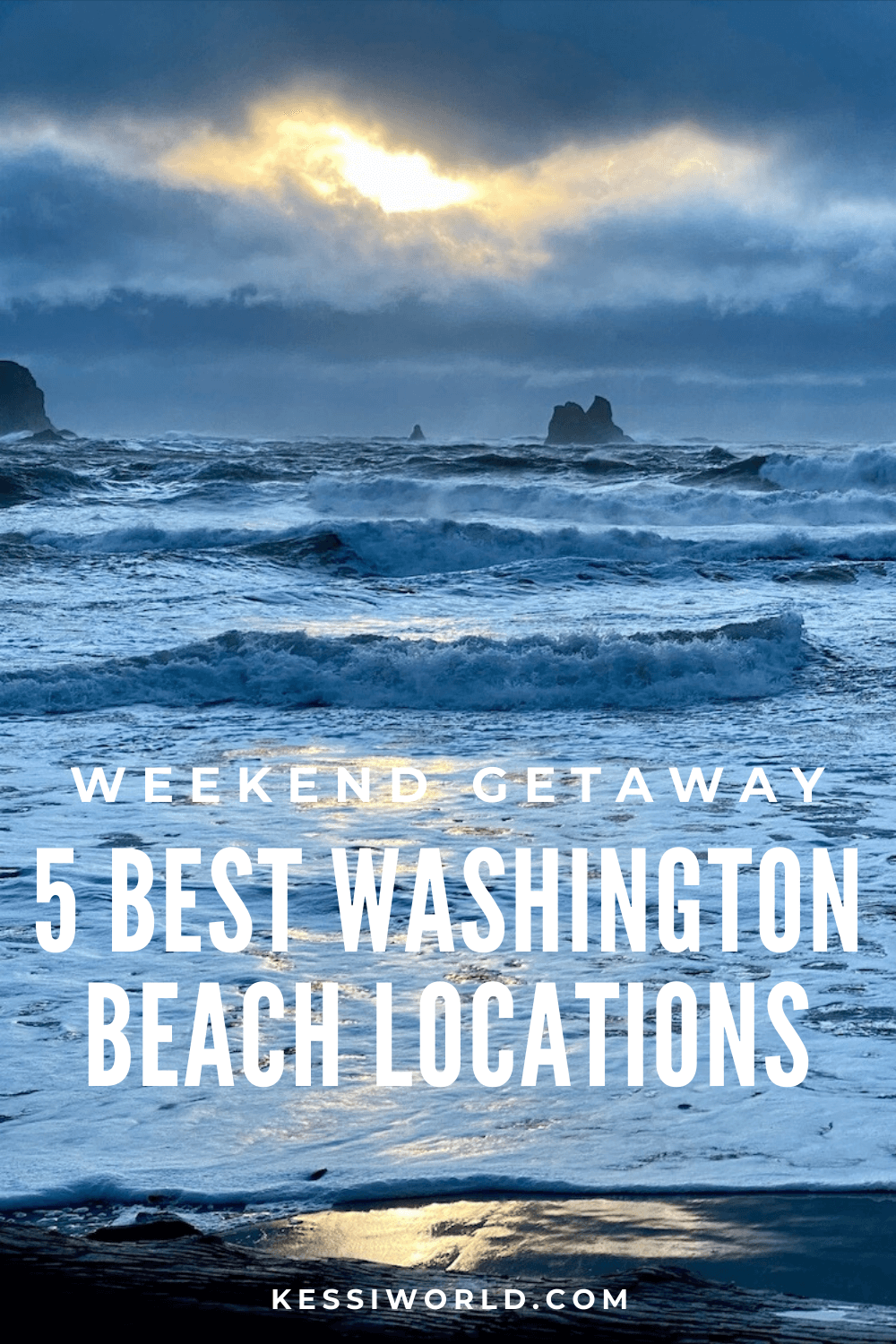
Looking for a long-weekend getaway somewhere on the Washington State coastline? This article outlines the best locations to set up base — combining fun lodging options with inspiring beauty.
I’m a Pisces, and as so invigorated by any kind of water — especially the ocean. As a child my family would visit Cannon Beach, Oregon for a few days at a time because it was the closest beach to our home. Some years my Tacoma grandmother would host us in Moclips, Washington in an area today known as Ocean Shores because it was more halfway between Portland and Seattle. Since these formative years, visits to the beach have been frequent and varied to all points along the Pacific Ocean coastline.
The water is freezing cold but the sheer unaltered beauty of this part of the Pacific Northwest makes up for it. Long walks on the beach are more practical than jumping into the swell of foaming surf, while in every direction photo worthy scenery abounds. The beaches in Oregon are public, creating a system of access for everyone as generous as the sand is miles long. Washington State is pretty open to the public as well, but more through a well-developed system of state parks and 73 mile stretch of coastal areas in the grand Olympic National Park.
While no part of the coastline disappoints, this blog post offers five of my favorite locations to set up a weekend getaway in order to enjoy the best Washington seascapes and activities. Since the population in these parts is sparse and the general tourist volume low, inspiring lodging options can be limited and frustrating to find. Let this guide inspire a great weekend or more.
The map below outlines the places in this post, starting on the central part of the coast in Tokeland — moving around the northwest section of the state to the Strait of Juan de Fuca. The green dots are features in this article while the purple dots outline other notable points of reference. This post is not meant to be an itinerary for experiencing all of the peninsula but if that’s the intent, check out this article that highlights a great way to experience a 3-day loop around the Olympic Peninsula.

Beach Areas of the Olympic Peninsula
1. Tokeland, Washington & Westport Peninsula
Just a 20 mile detour off the arterial Highway 101, Tokeland is a mysterious little spit of land named after Chief Toke of the Shoalwater Tribe. Early settlers arrived here around 1858 and several years later established the Tokeland Hotel. Since that time this longest running lodging establishment in Washington State has housed and fed guests with legendary eats and historic charm.
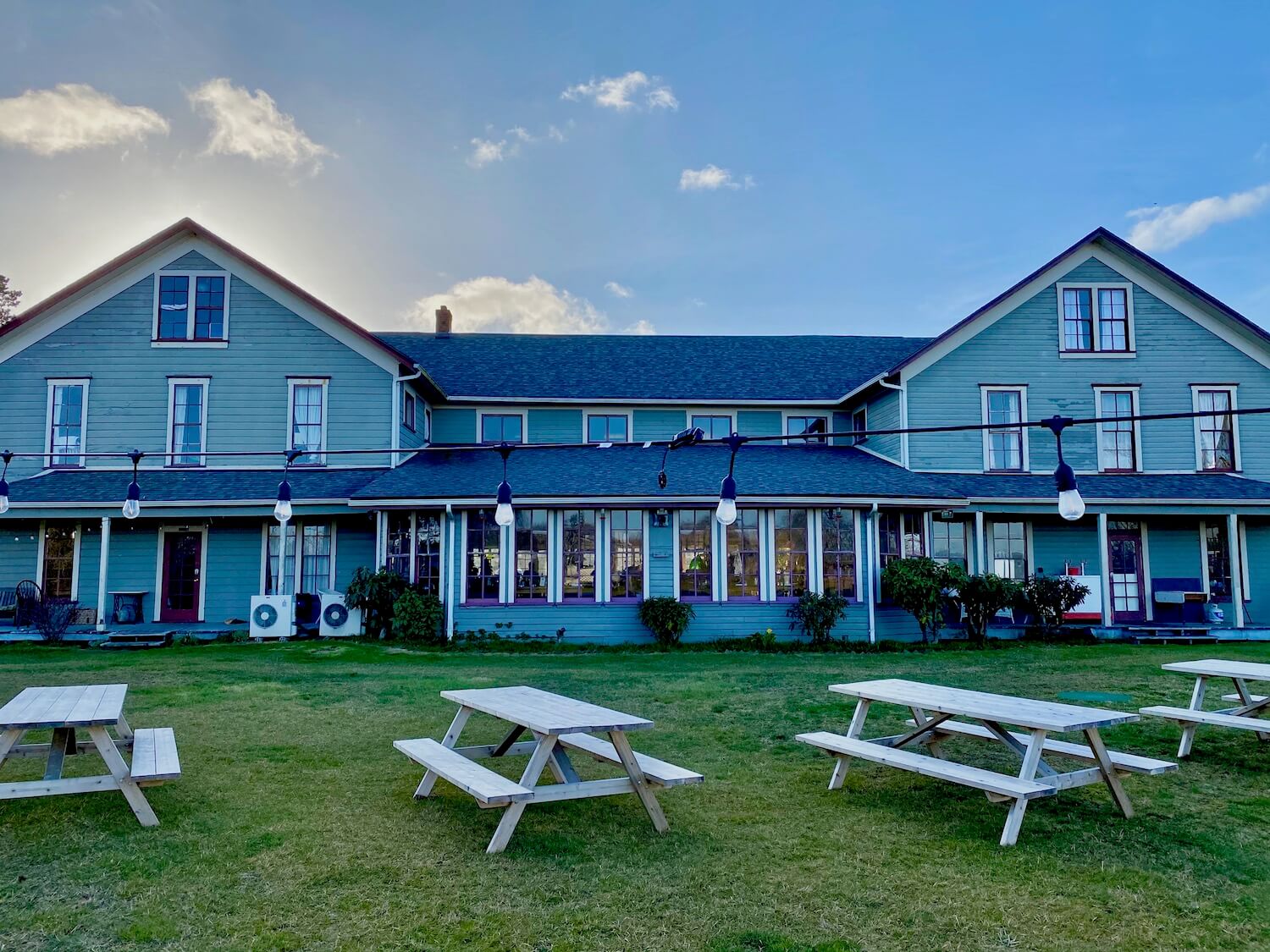
Today, the hosts provide a cozy atmosphere with an eclectic second floor of rooms complete with unique furnishings and eight paned windows that peer out to the surrounding nature. The restaurant is top-notch, specializing in southern comfort food that is outstanding for breakfast, lunch or dinner.
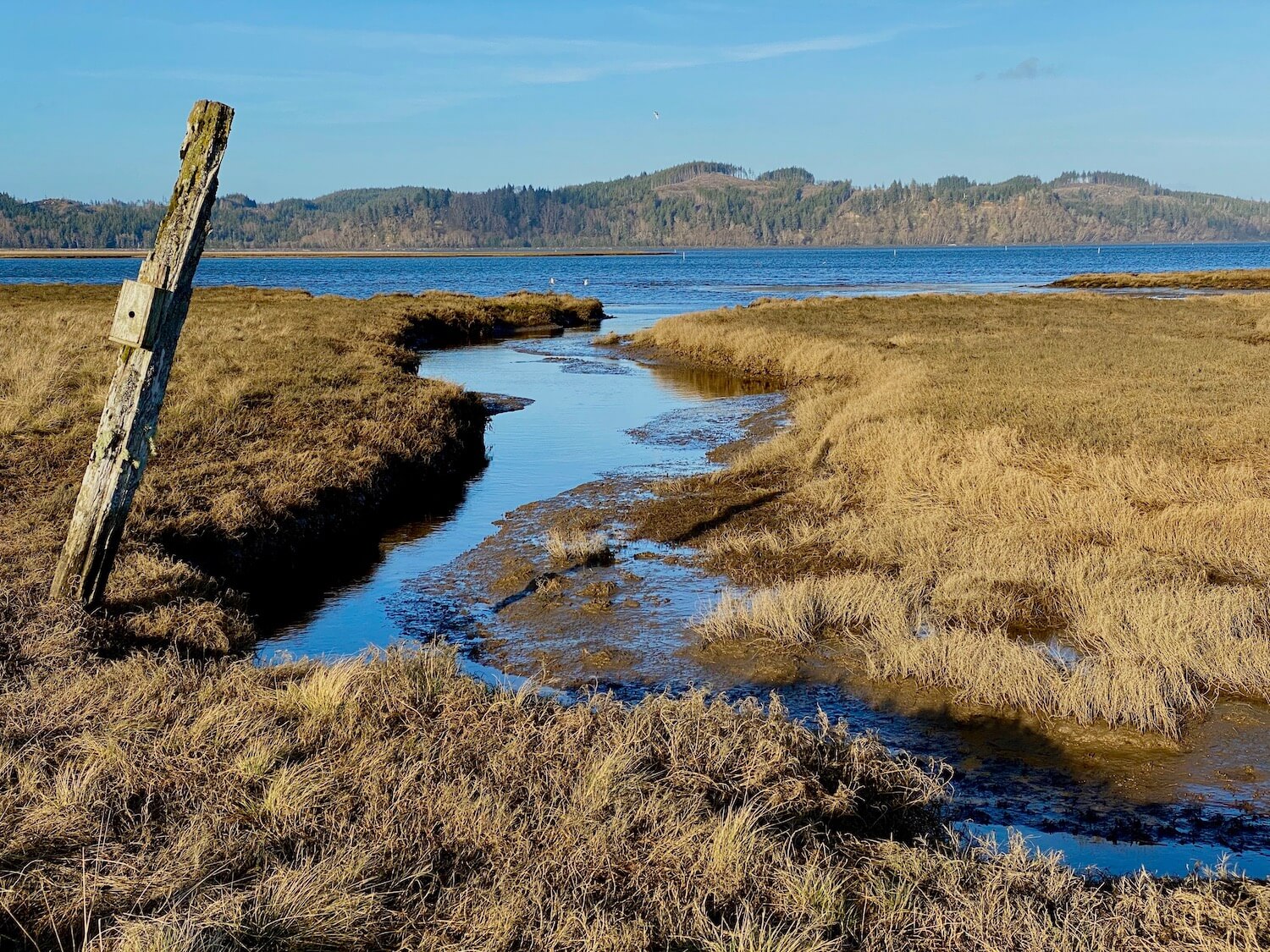
From a base at this historic, quirky hotel, many activities are available. Digging for clams, surfing the dramatic waves at nearby state parks or combing beaches for Japanese glass balls are all common things to do to pass the time — but R&R is particularly easy in the cozy fireplace room of the hotel.
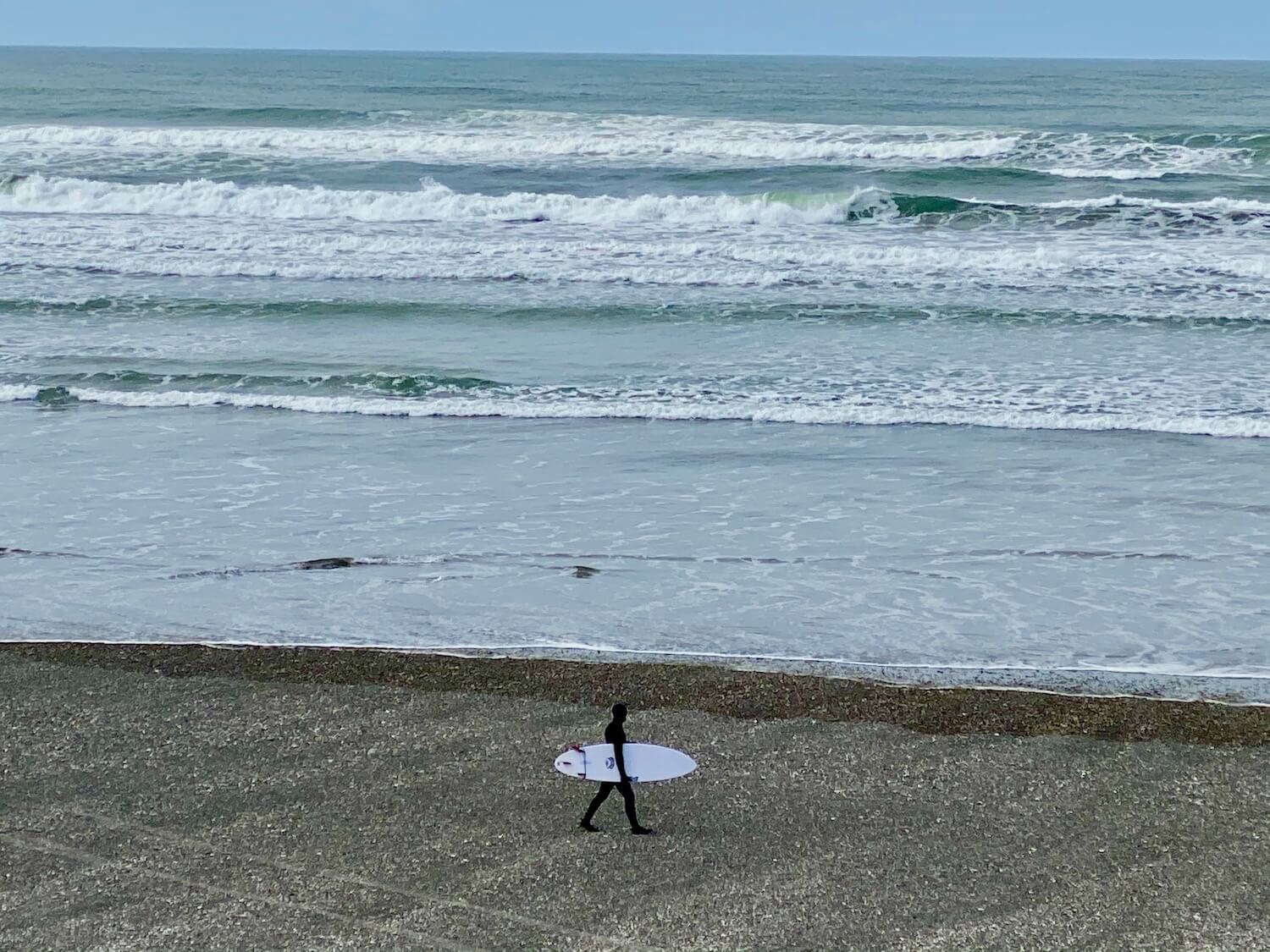
I love the unique charm of Tokeland and the fair prices, but just up the road in Westport there are several great state parks with camping, yurts and tiny cabins available in addition to other less inspiring lodging options. Westport is a long-standing fishing community that hosts all varieties of boat charter options and the well-maintained state parks offer wide stretches of nature hugging the sandy coastline. Check out the tallest lighthouse on the Washignton Coast at Westport Light State Park and look for a local dive bar/restaurant serving a fresh catch of the day with Rainier beer.
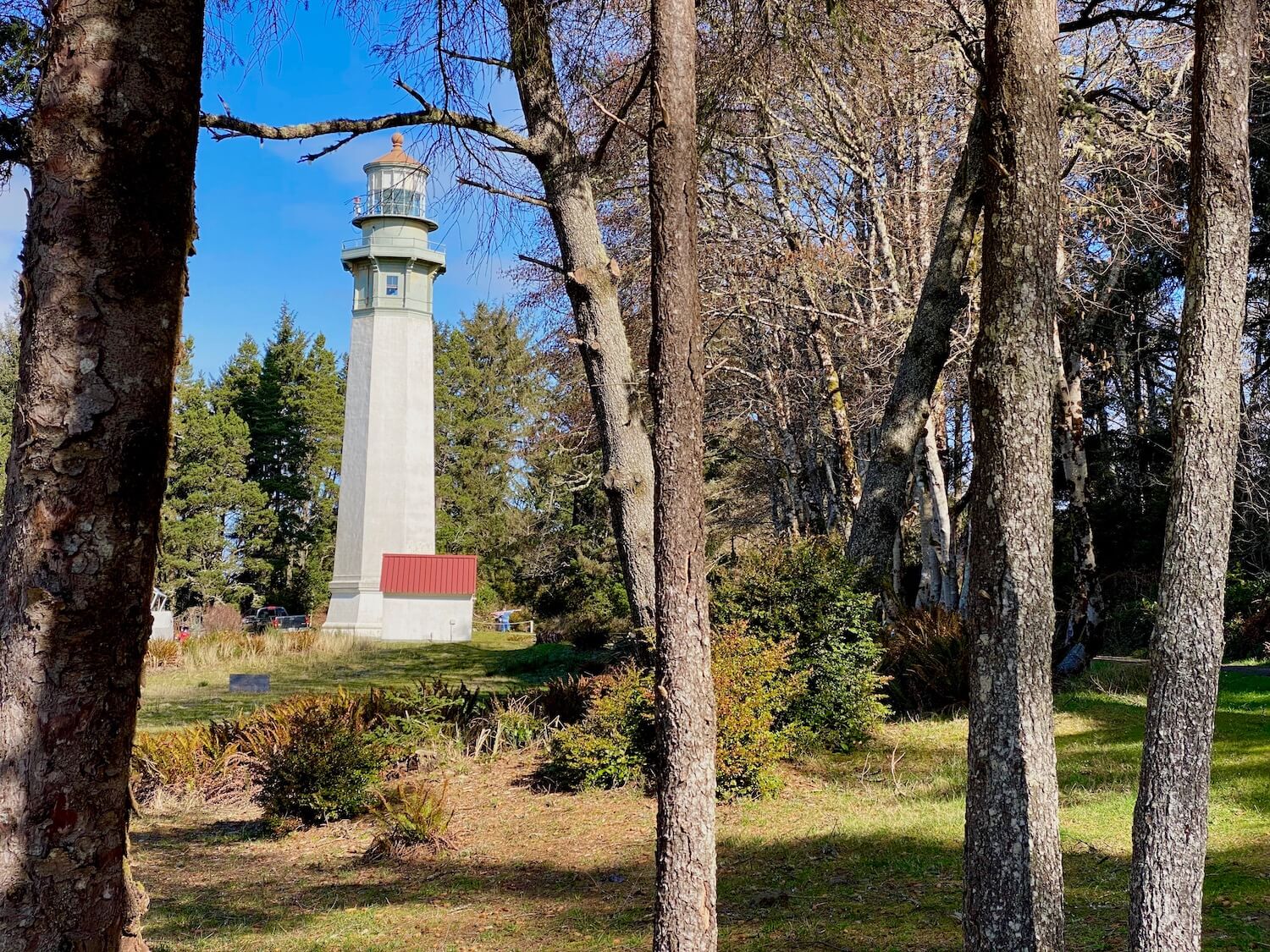
2. Kalaloch, Olympic National Park & Tree of Life
The coastline north of Westport includes miles upon miles of open sandy beaches in a developed area known as Ocean Shores. However, a better base is Lake Quinault or Kalaloch, both of which are part of the Olympic National Park system. While Lake Quinault and the Lodge are highly recommended, the experience does not provide quick coastal access (it’s a 45 minute drive to the ocean). Instead, head to Kalaloch Lodge and stay in one of the many options of lodging, some which hug the side of cliffs leading down to the vast beach.

This is a beach to let go and wander. Release the stress of the world and walk to the magical sound of the surf hitting the sand, roaring in a dull low tone. Discover sea creatures left behind in a low tide or massive logs thrown up to the sand during periods of higher waters. Always remember to be aware of the power of the waves to toss around thousand pound stumps like clothes in a dryer.
The Lodge has a restaurant and bar that serve great food and although there are hit and miss cabins to rent otherwise, this is the hub between Lake Quinault and Forks. There are also campgrounds nearby with scenic sites for an outdoor delight.
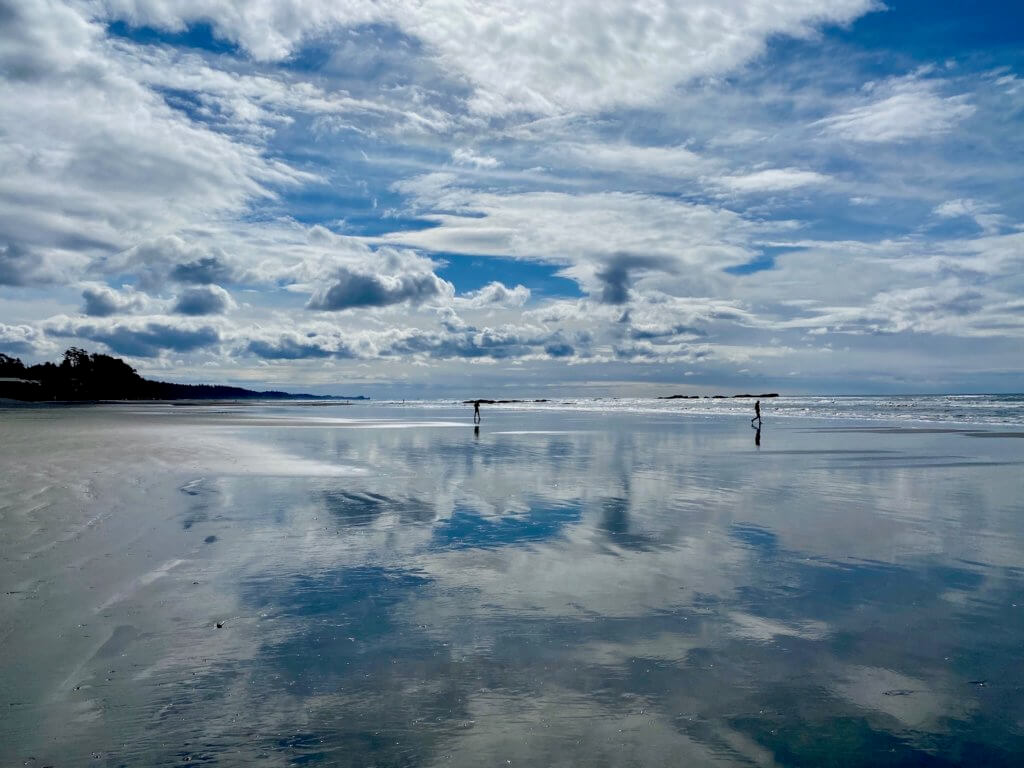
An interesting part of this swath of sand is the Tree of Life — a tribute to resilience in a wild, ever-changing part of the world. This ancient sitka spruce tree must’ve established herself back when the steep bank leading to the wide sandy beach was solidly intact.
Over time, a creek made way underneath the tangled web of roots and erosion took hold. Today she is straddling this cavern-like creek bed — roots clinging to either side of the widening opening like eagle talons hanging on for dear life. On many accounts she should be long gone, blown over by one of many angry coastal storms or deprived of the nutrients soil provides, but life continues on for this coastal icon.
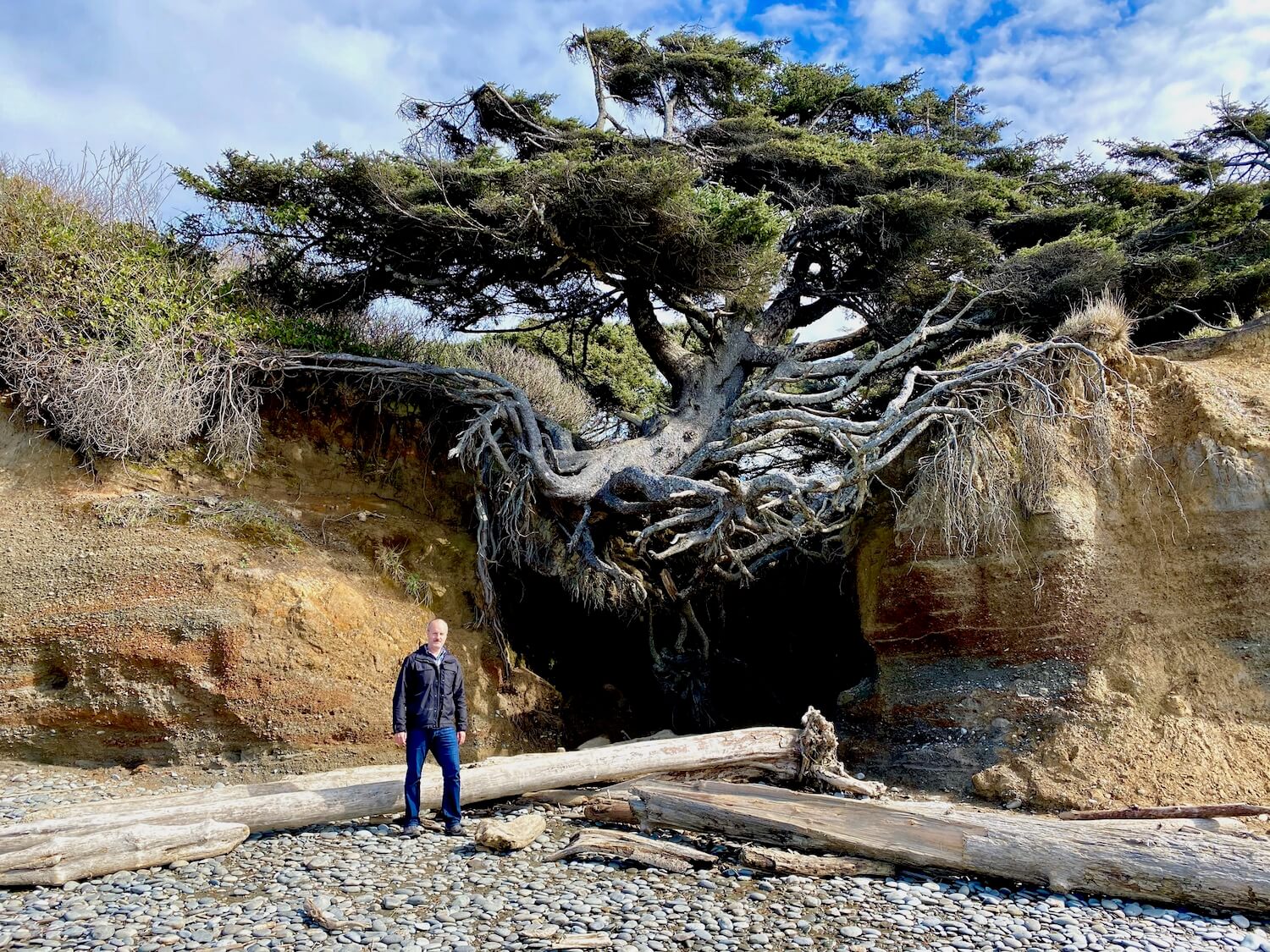
3. Ruby Beach, Olympic National Park
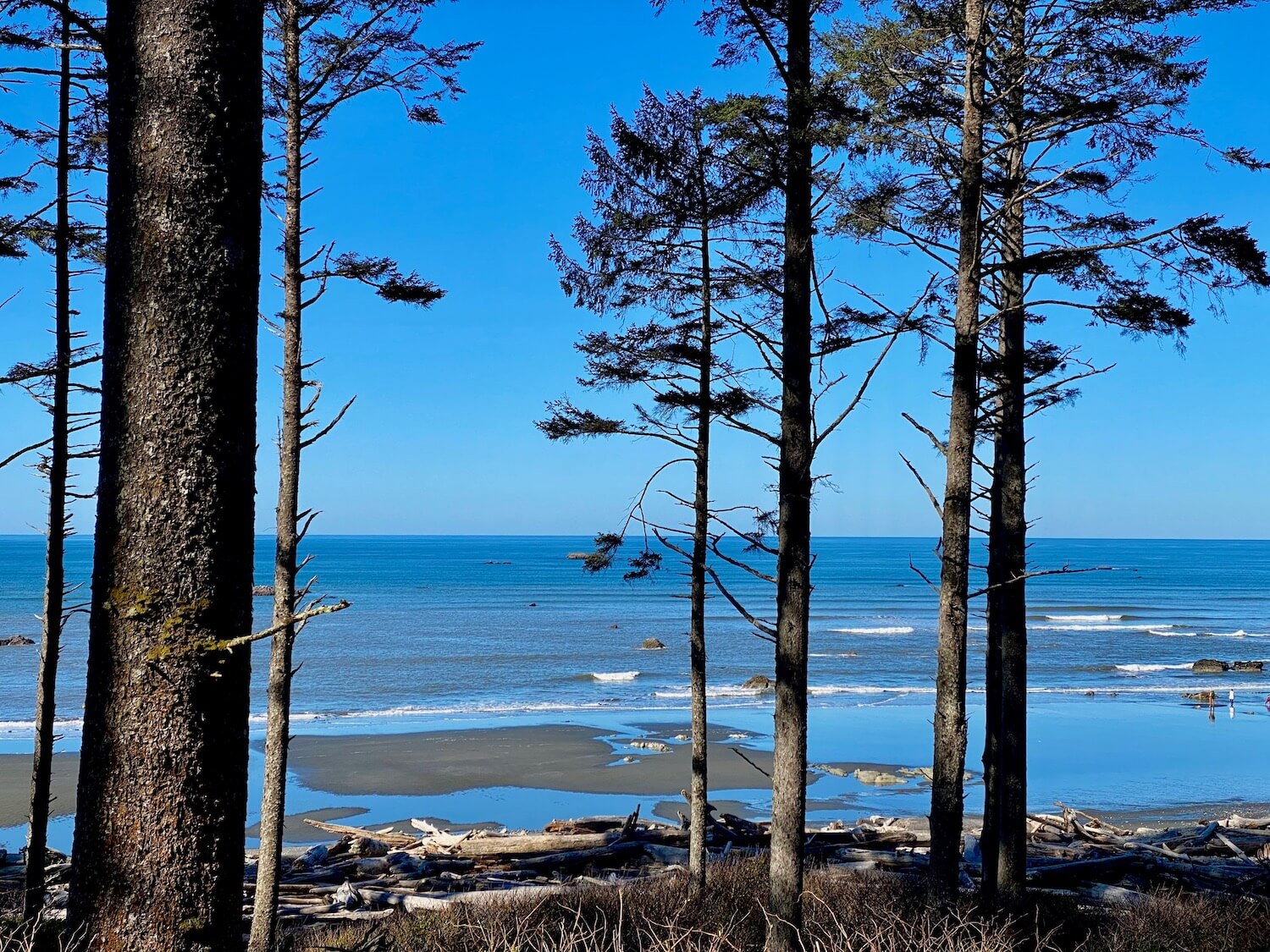
Just about seven miles down arterial Coastal Highway 101 is a favorite stopping off point for travelers rounding the peninsula. Ruby Beach is an easy-to-access delight that combines a winding forest path with a dramatic driftwood collection to present the majestic Pacific Ocean crashing upon the distinct Abby Island and miles of sand and pebbles. Take a picnic lunch and lean back on the remnants of a giant fir tree washed ashore as the sun sets beyond the horizon. This location is so iconic it’s not uncommon to witness small weddings or family reunions in summer time.
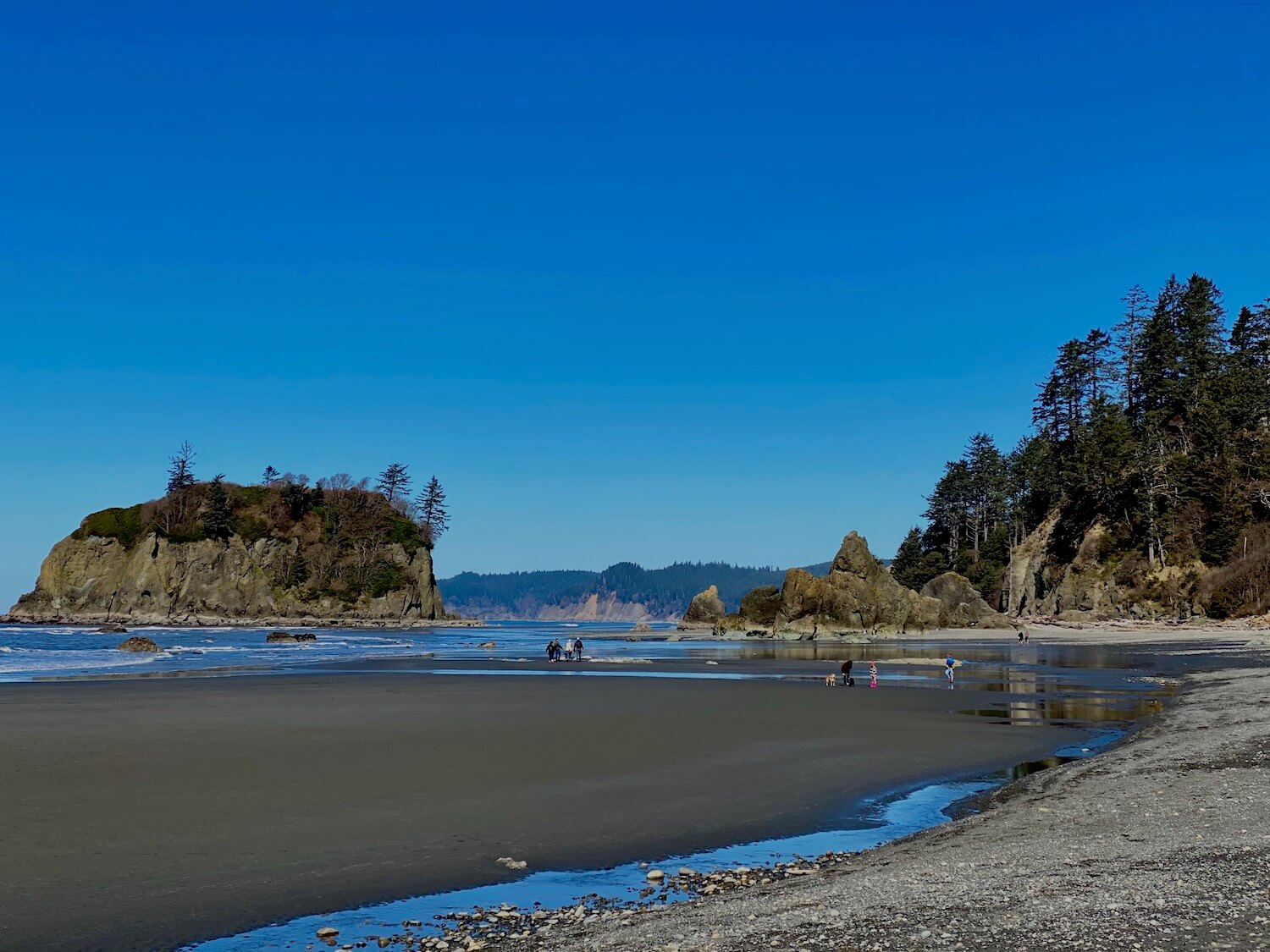
Only steps away from the busy parking lot this magical section of beach presents a vast scale as space opens wide and at low tide the world is completely exposed. Check out tide pools with mussels, barnacles and other sea creatures clinging to life on the rocks. This spot is almost certainly the farthest point away from Seattle — four hours driving. If camping isn’t on the agenda then the best lodging options are Kalaloch or Forks.

4. La Push, Washington & Second Beach
Olympic National Park is spectacular in the diversity of life and scenery available to visitors. This oasis of nature encompasses dramatic mountain peaks, rich rainforest valleys and 73 miles of pristine coastline. La Push sits in the middle of the Pacific Ocean section of the park and serves as a hub of sorts for the Quileute “quill-ee-yoot” tribe — visitor services are also provided.
Camping sites seem to be everywhere but lodging is more limited for those wanting direct access to the wild surf. There are short term rental options that are near enough to things but the best beach front location is Quileute Oceanside Resort & RV Park. The features are average but the location is spectacular and sets up a great base for all kinds of hiking and nature options. If staying right near the water isn’t crucial, Forks is only 20 minutes away and offers more variety for motels, airbnb’s and other services.
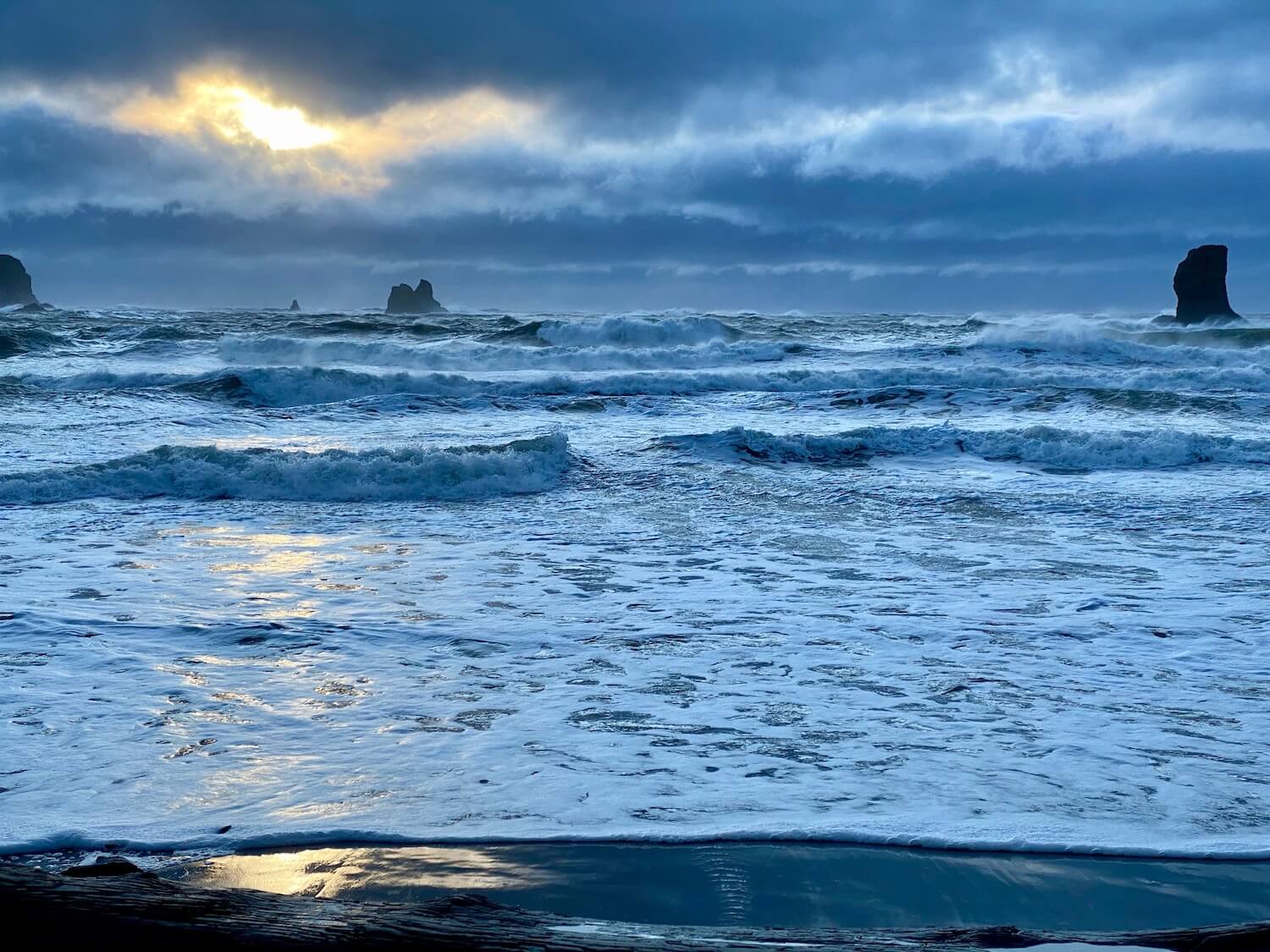
The maritime portion of the Olympic National Park offers something for everyone, of every level of hiking and survivalist difficulty. From multi-day hikes to drive up convenience, the La Push area is a safe bet to get the desired experience. Just across the Quillayute River entrance to the Pacific Ocean is the iconic and easy to reach Rialto Beach with scenic picnic areas and other services. Because the effort level is basic, drive-up, there tend to be more crowds here during busy seasons. But again, crowds on the Washignton Coast are minimal compared to any other global tourist attraction.
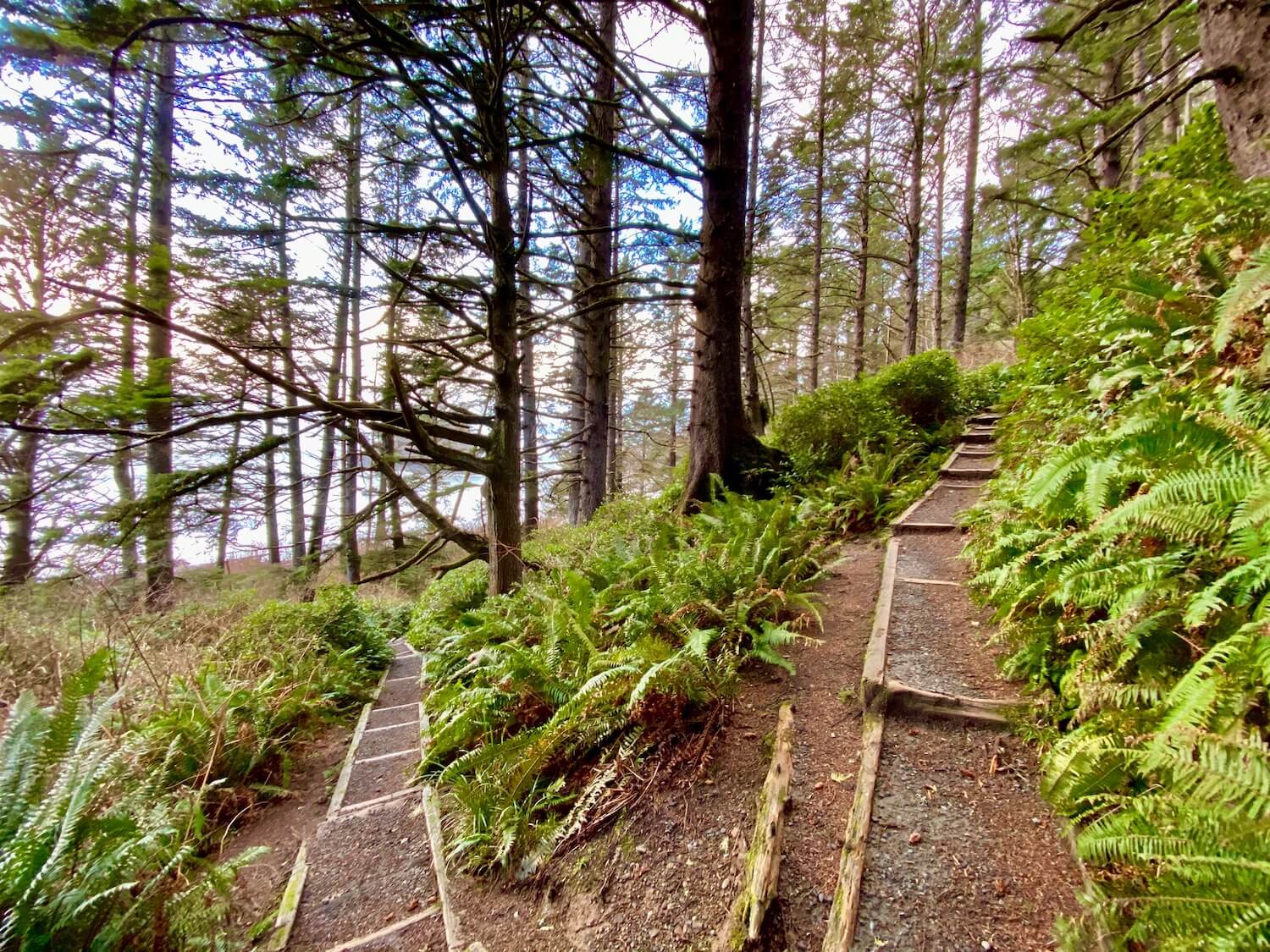
I prefer the mile hike from a trailhead near La Push to Second Beach — winding through a beautiful forest with swaying fir trees. Immediately starting into the woods the calm of fresh sea air lifts spirits and the low drumming of angry waves energizes the walk with each step. The sound of the wind rustling in the tree tops above eventually exchanges with the power of the ocean and soon enough the trees and low coastal brush open up to a dramatic seaside scene.
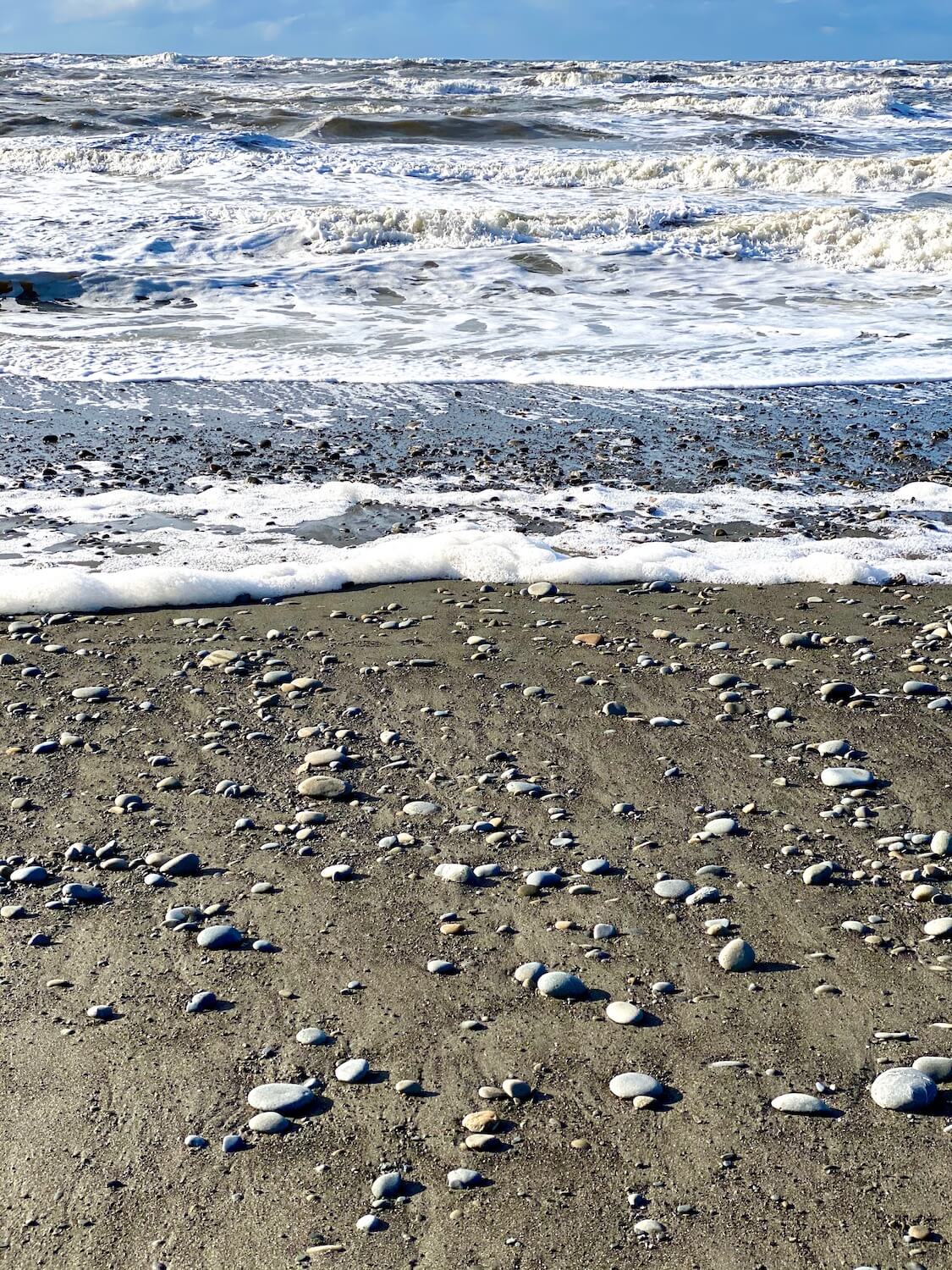
The sight is spectacular any time of year but particularly dramatic during winter storms. It is always crucial to be smart about the ocean’s ability to toss logs around and create strong undertow currents. Avoid turning backs to the waves and pay attention. Of course, the summer season is kinder to the sand and log drifts but still powerful. Speaking of powerful nature, for longer hikes be sure to verify maps and be clear on beach access verses overland options around some of the rockier sections of coastline.
5. Joyce, Washington & Strait of Juan de Fuca
The Strait of Juan de Fuca is the vast body of water separating Washington State and the Olympic Peninsula from Canada’s Vancouver Island. The massive shipping lane is over 100 miles long and up to 18 miles wide and is the primary marine route for everything entering the Puget Sound. While this is not technically the Pacific Ocean coastline, the area offers peace and quiet and sweeping views of water, Vancouver Island and ships passing by.
The beaches around Joyce, Washington offer unique opportunities to view two different countries in the seascape. Just like the next photo, the farthest northwest tip of Neah Bay and Washignton State projects through one direction of the horizon while massive Vancouver Island on the Canadian side of the strait frames in the remaining distant skyline. In between sea going vessels glide by. Use the Marine Traffic site or download their handy app to geek out on the specific information for each ship.
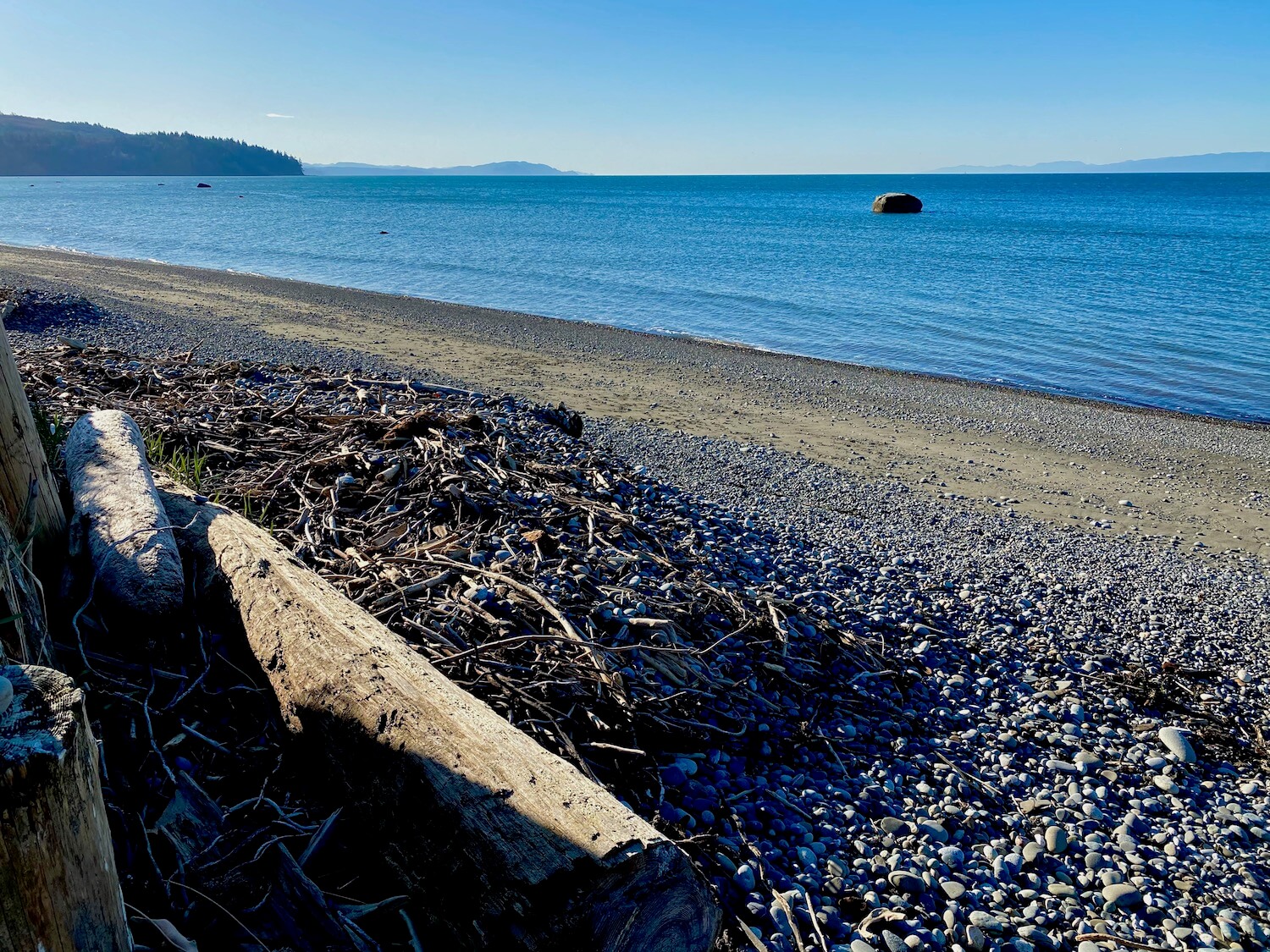
There aren’t many prominent hotels in the region that are right on the water, but a great option here is to rent an Airbnb by using Joyce, WA as the search location. Once on the water, it’s a unique scene of quiet heaven. Walk the beach at low tide and look for seashells and enjoy buttery sunsets with a favorite beverage on a cozy deck front of a cabin. If right on the water is not a requirement, 15 minutes away is serene Log Cabin Resort, part of the Olympic National Park lodging system. This area is also conveniently close to Port Angeles and all the services available there — 20 minutes away.
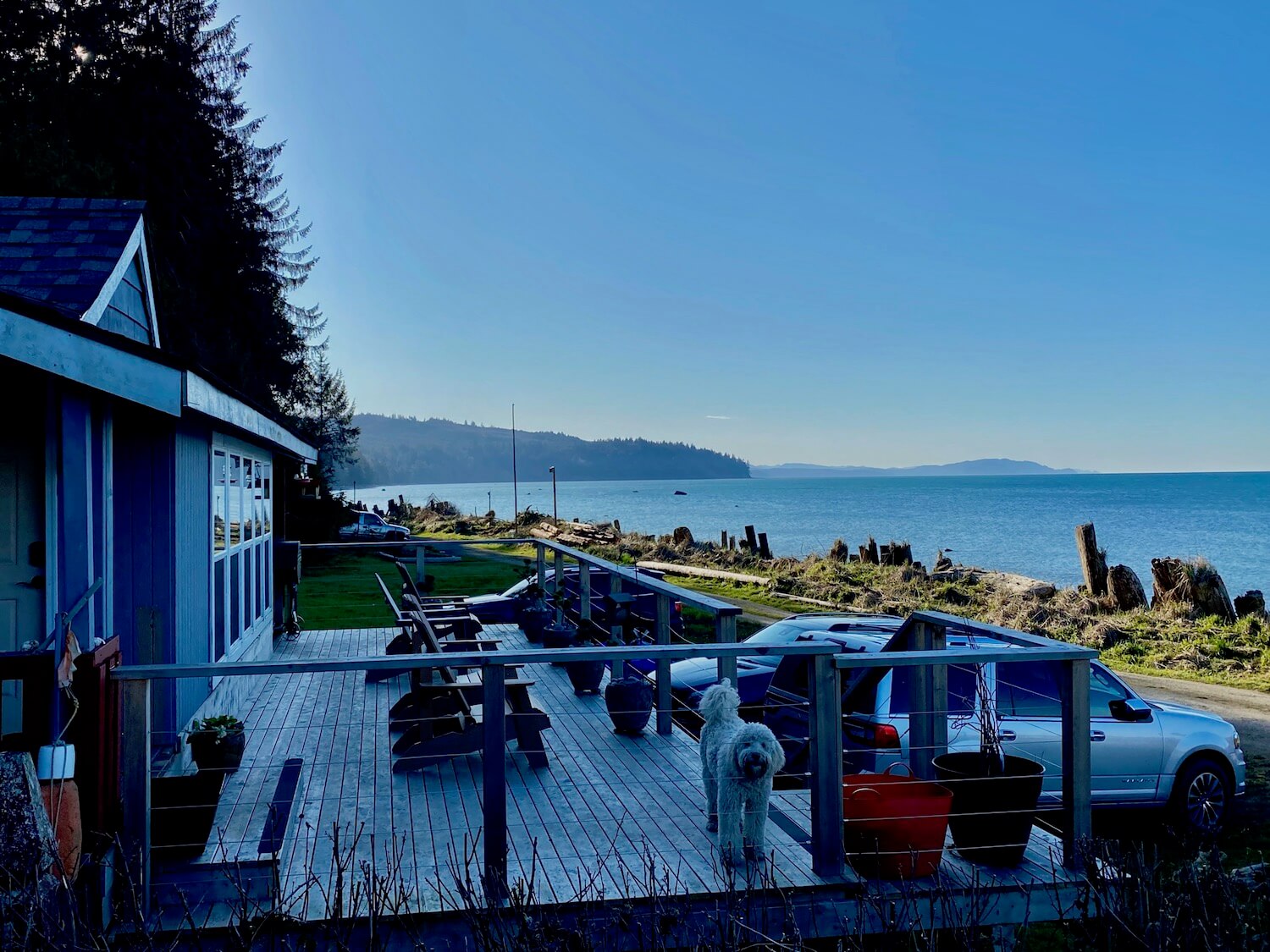
The area around Joyce has beautiful views in either direction, with the foothills of the Olympic Mountains to the south. Check out Salt Creek Recreation Area, which is the former Camp Hayden. Camping and other services like coin-operated showers are available here and several scenic spots allow for taking in the beauty of the Strait, not to mention fantastic photos. The Tongue Point view and adjacent Crescent Bay inspire Instagram worthy shots any time of year, and the gorgeous tidelands reveal under-the-sea peeks during low tide. Locals love using amazing East Lyre Campground, but space is very limited.
For quick essentials and a step back in time, Joyce General Store offers up friendly country sass, with the motto, “If we don’t have it, you don’t need it.”
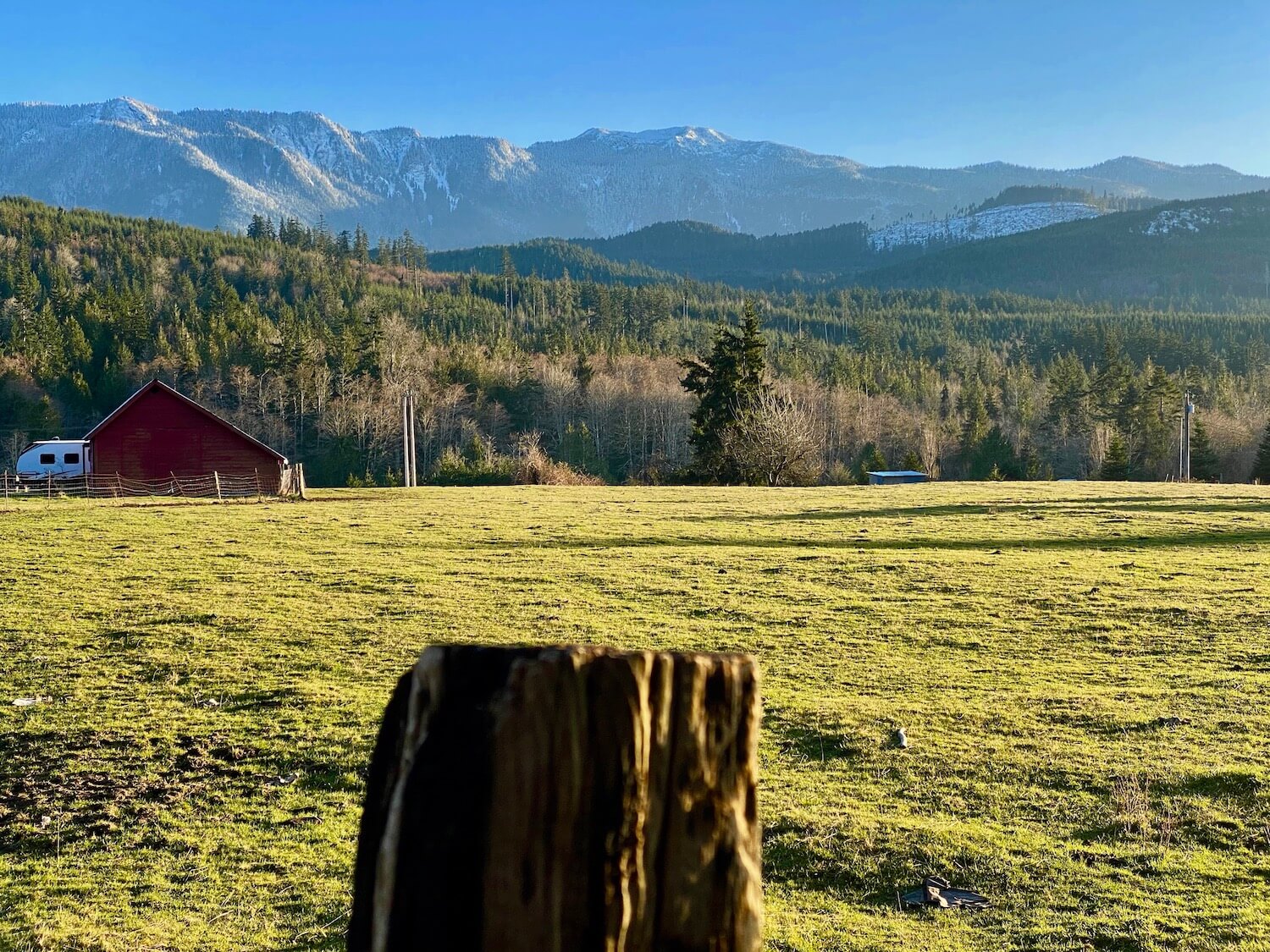
The coastal areas of the Pacific Northwest inspire a true connection with nature and make the perfect location to cozy up for a long-weekend. From Tokeland to Joyce, great options exist to convene with nature, hike, explore, eat, drink and be merry. I hope my list of favorites helps with planning the perfect getaway that combines character worthy lodging with beaches that will make your heart sing.
Follow me on Pinterest and pin this tile to your board.
